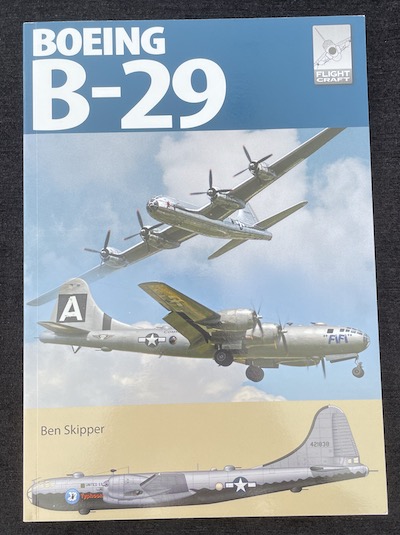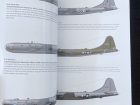
Author: Ben Skipper
Published: Pen & Sword
ISBN: 9781399040648
Bookshelf Browse with Geoff Coughlin (June 2023)
Get this book now from Pen & Sword
Take a browse inside this book now…
Geoff C.
Here’s some additional information from the publisher
The B-29 Superfortress was the definitive expression in piston-powered offensive air power. It was designed for an air force that was slowly realising it needed larger and heavy aircraft to support its operations, especially in the Pacific. Riding on the waves made by the equally ground breaking B-17, the B-29 was a bigger, more capable and more complex platform which incorporated myriad lessons learned from the European air war.
It was soon decided to utilise the B-29’s exceptional range of 3,250 miles in the Pacific Theatre, where its payload would go on to wreak havoc among the forces of Imperial Japan. As well as military targets, the B-29s of the specially formed 20th Air Force would strike hard against the Japanese home islands, initially from bases in India and China, before following on behind MacArthur’s push towards Japan. It was from the island of Tinian that B-29s would drop atomic bomb over the cities of Hiroshima and Nagasaki.
The B-29 was a genuine behemoth of the skies, and its flight endurance would see its ten-man crew provided with rest bunks, remotely operated defensive guns and a tunnel linking the front and rear of the aircraft. It was also tough, capable of using the most basic landing strips, providing they were long enough. As a new aircraft it presented both new and converting pilots with a challenge, notwithstanding the B-29’s high-wing loading. From flying the large aircraft to operating its many systems, the B-29 was as complex as it was large, and each member of the ten-man crew had to know their role and perform it flawlessly to ensure operational efficiency.
In the post-war era the B-29 was retained by the USAAF and, from 1948, the USAF as the primary strategic bomber. Indeed, the B-29’s fighting days were far from over and it would go on to see action over the skies of Korea. It would also supplement the Royal Air Force’s bomber capacity while Bomber Command awaited the arrival of the Canberra and its next generation of jet-powered V-bombers.
The B-29 has more than earned its place in the halls of aviation fame. It was an aircraft ahead of its time that helped usher in a new age of military aviation and provided a tangible bridge between new and old ways.



Ask a question or add feedback:
You must be logged in to post a comment.